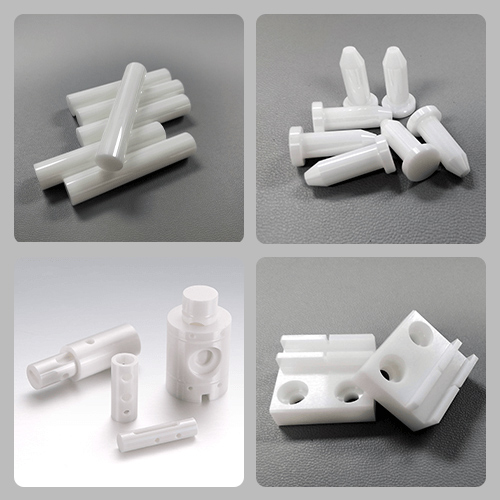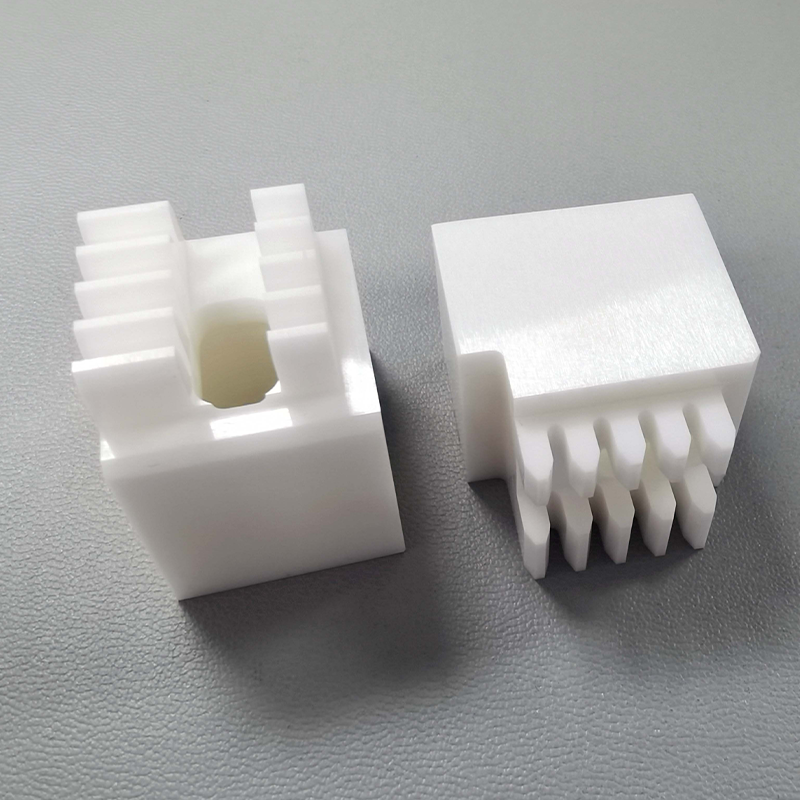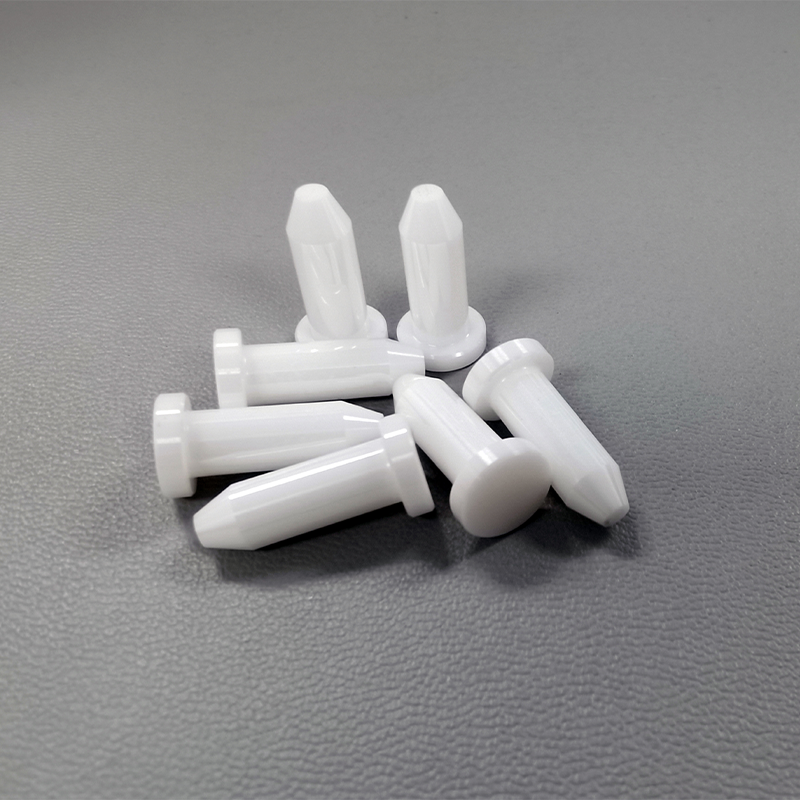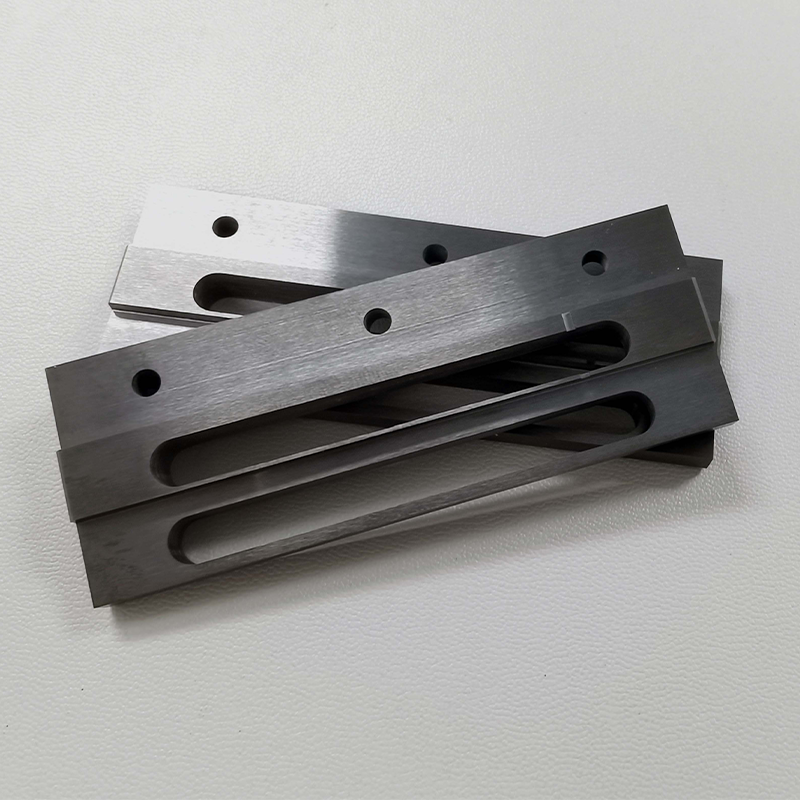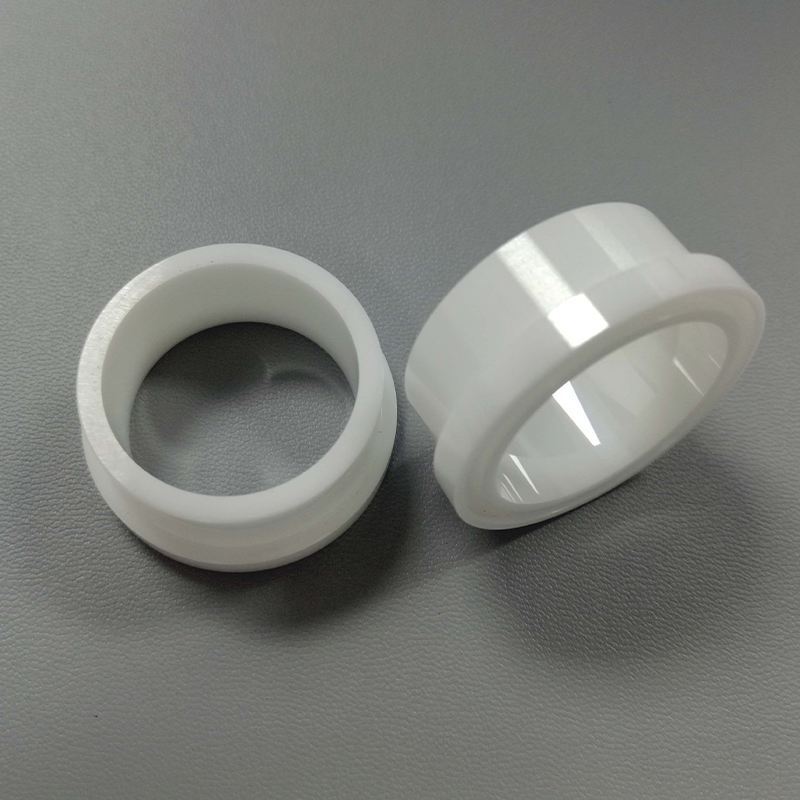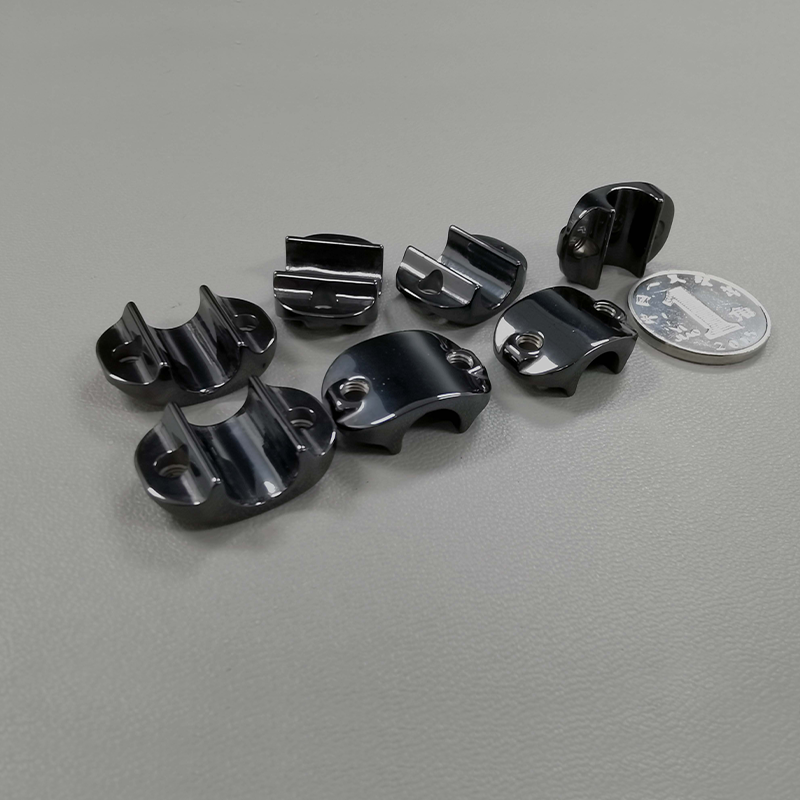About Zirconia Ceramics
Zirconia generally refers to zirconium dioxide with a chemical formula of ZrO2. It is the main oxide of zirconium. It is usually white, odorless and tasteless crystals, and is hardly soluble in water, hydrochloric acid and dilute sulfuric acid.
Unlike traditional ceramics, which tend to harden and become brittle, zirconia has high strength, wear resistance and flexibility, far surpassing most other technical ceramics. Zirconia is a very strong industrial ceramic with excellent properties in terms of hardness, fracture toughness and corrosion resistance.
There are several grades of zirconia, the most common being yttria partially stabilized zirconia (Y-PSZ) and magnesium oxide partially stabilized zirconia (Mg-PSZ). Its unique resistance to crack growth and high thermal expansion make it an excellent material for joining ceramics and metals such as steel. Due to the unique properties of zirconia, it is sometimes referred to as “ceramic steel”.
Our zirconia ceramics service:
Great Ceramic is an expert in the production of technical ceramics. Since 2013, we have participated in and provided more than 3,000 precision ceramic products to hundreds of companies.
We can provide you with ceramic processing, ceramic raw materials, ceramic mold forming and other services. We are committed to only providing products and services that meet or exceed customer quality requirements.

Machining

Materials

Mould
Available Grades of Zirconia:
- Yttria (Y2O3) Partially Stabilized Zirconia
- Magnesia (MgO) Partially Stabilized Zirconias
- Zirconia Toughened Alumina (ZTA)
Zirconia Ceramics Products:
Yttrium Oxide Partially Stabilized Zirconia (Y-PSZ)
Yttrium oxide partially stabilized zirconia (Y-PSZ) doped with yttrium oxide (Y2O3) as a stabilizer, it strengthens and stabilizes the internal grain structure and changes the material from a monoclinic phase to a tetragonal phase to enhance the strength of the material. It is a fine-grained material with the highest bending strength among all ceramic materials. It has very high impact resistance and abrasion resistance, while providing low thermal conductivity, usually making it a suitable material to replace metals. The addition of yttria (Yttria) enables the material to undergo phase transformation toughening, thereby achieving high toughness. As the material is under pressure, the crystal structure becomes energetically more conducive to the transition from the tetragonal phase to the monoclinic phase, resulting in a 3% – 5% increase in the highly localized volume. This increase in volume puts the crack in a compressed state, thereby reducing its ability to grow and propagate into more cracks. This characteristic explains the material’s low sensitivity to stress fatigue and high bending strength.
Although Y-PSZ is very suitable for demanding mechanical applications, it may not be suitable for very high temperature applications because it will undergo a crystal phase change: when exposed to a high temperature environment for a long time, the material will change from a strong tetragonal phase to a weaker one. In monoclinic phase. Likewise, it may not be suitable for warm and humid conditions, because when it is exposed to water vapor, its performance will decrease. Therefore, Y-PSZ is most suitable for operation under dry and moderate temperature conditions.
Magnesium Oxide Partially Stabilized Zirconia (Mg-PSZ)
Magnesium Oxide Partially Stabilized Zirconia Using magnesium oxide (MgO) as a stabilizer for zirconia, the crystal structure after molding is cubic, which is more stable. Magnesium zirconium has better resistance to high temperature and humidity because it is not affected by phase migration. Even in a humid and high temperature environment where the mechanical properties of yttria partially stabilized zirconia begin to deteriorate, magnesium zirconium can maintain its strength.
Zirconia Toughened Alumina (ZTA)
Zirconia Toughened Alumina (ZTA) is a co-stabilized zirconia-based ceramic with an alumina matrix, which is reinforced by self-grown alumina substrate crystals. ZTA has better fracture toughness and thermal shock resistance than zirconia, while still having excellent mechanical strength and hardness properties.
The Aadvantages Of Zirconia Ceramics
- High density;
- High flexural strength and hardness;
- Excellent fracture toughness – impact resistant;
- High maximum use temperature;
- Wear resistant;
- Good frictional behavior;
- Electrical insulator;
- Low thermal conductivity – aprox. 10% of Alumina;
- Corrosion resistance in acids and alkalis;
- Modulus of elasticity similar to steel;
- Coefficient of thermal expansion similar to iron.
Mechanical Properties
| Properties | Unit | Y-PSZ |
Mg-PSZ |
ZTA |
| Colour | —— | White | Yellow | White |
| Density | g/cm^3 | 6.05 | 5.7 | 4.1~4.38 |
| Hardness | GPa | 12.5 | 11.8 | 15 |
| Compressive Strength | MPa | 2100 | 1750 | 2350 |
| Flexural Strength | MPa | 850 | 900 | 700 |
| Fracture Toughness | MPam1/2 | 4~5 | >7.0 | 3.5 |
| Modulus of Elasticity | GPa | 200 | 200 | 310 |
| Poissons Ratio | —— | 0.30 | 0.30 | 0.26 |
Thermal Properties
| Properties | Unit | Y-PSZ |
Mg-PSZ |
ZTA |
| Maximum Use Temperature | ℃(No load) | 1000 | 1000 | 1500 |
| Thermal Conductivity @ 25°C | W/(mK) | 2 | 2.2 | 20 |
| Thermal Expansion a at 20–400°C | 1 x 10-6/°C | 10 | 10.2 | 8 |
| Specific Heat | J/(kgK) | 460 | 400 | 720 |
| Thermal Shock Resistance | ℃(Put in water) | 300 | 350 | 300 |
Electrical Properties
| Properties | Unit | Y-PSZ |
Mg-PSZ |
ZTA |
| Dielectric Constant | 1MHz | 30 | 28 | 10.2 |
| Dielectric Strength(6.35mm) | ac-kV/mm | 9.0 | 9.4 | 9.0 |
| Dielectric Loss | 1MHz | 16 x 10-4 | 10 x 10-4 | 20 x 10-4 |
| Volume Resistivity @ 25°C | Ωcm | >1013 | >1012 | >1014 |
| Volume Resistivity @ 500°C | Ωcm | >103 | >103 | >104 |
*The values are typical material properties and may vary according to products configuration and manufacturing process. For more details, Please feel free to contact us.
What is the use of zirconia ceramics?
- Wire forming/drawing dies
- Insulating rings in thermal processes
- Precision shafts and axles in high wear environments
- Furnace process tubes
- Wear resistance pads
- Thermocouple protection tubes
- Sandblasting nozzles
- Refractory material
- Extrusion dies
- Bushings and caps
- Kiln furniture crucible
- Fiber optic ferrules and sleeves
- Knives and blades
- Fuel cell parts
- Bearings & rollers
- Welding nozzles & pins
- Laser parts
- Gas igniters
- Electric insulator
- Ceramic guiders
- Oxygen sensors
- Medical and surgical component
- Mechanical seals
- Pumps, pistons, and liners
Zirconia Machining & Grinding
Zirconia can be processed in green or fully dense state. In the green state, it can be processed into complex geometry relatively easily.However, the sintering process that is required to fully densify the material causes the zirconia body to shrink approximately 20%. This shrinkage means that it is impossible to hold very tight tolerances when machining zirconia pre-sintering. In order to achieve very tight tolerances, fully sintered material must be machined/ground with diamond tools. In this process a very precise diamond coated tool/wheel is used to abrade away the material until the desired form is created. Due to the inherit toughness and hardness of the material, this can be a time consuming and costly process.
Buy Custom Zirconia Components
Great Ceramic is your Zirconia machining specialist for your precision ceramic prototyping & manufacturing needs; we are always happy to use our many years of advanced ceramics experience to provide advice on materials, design, and application. If you would like to buy zirconia plates, rods, tubes or custom machined components, please contact us and one of our experts will be happy to assist you.

